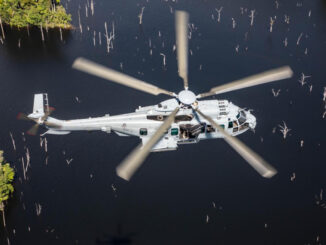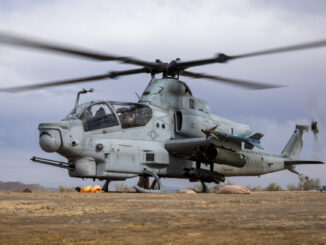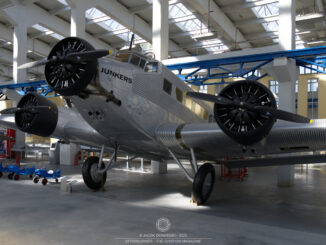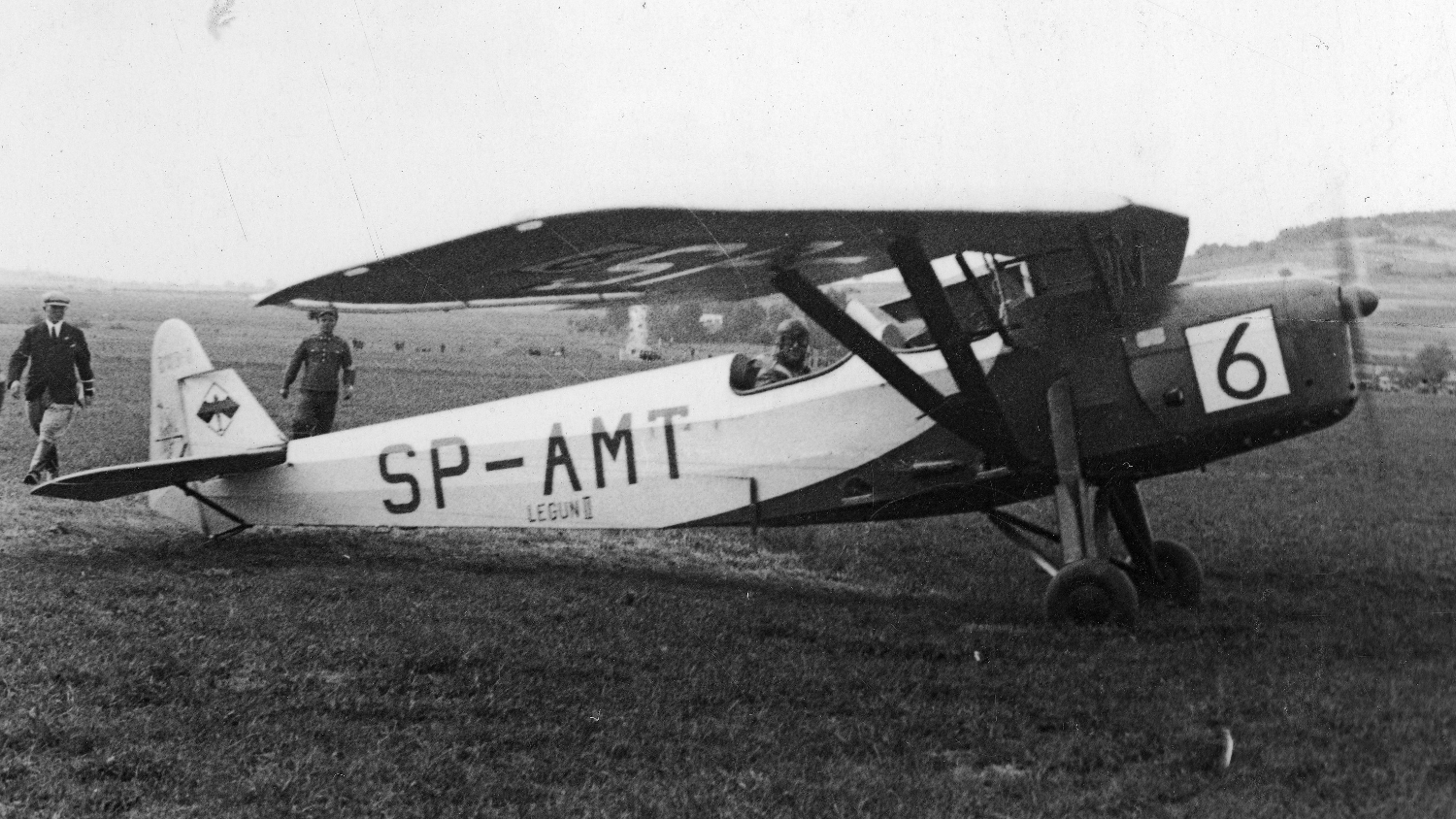 Among Polish interwar aircraft, those designed by Stanisław Rogalski, Stanisław Wigura, and Jerzy Drzewiecki — designated RWD, the name coming from the initials of their surnames — hold a special place in aviation history. Notable examples include RWD-5, which was flown across the Atlantic by Stanisław Skarżyński, as well as RWD-6 and RWD-9, which won Challenge International de Tourisme in 1932 and 1934, respectively. Nevertheless, the RWD design team created many other equally remarkable aircraft, such as RWD-8 training aeroplane which became the most-produced aeroplane in pre-war Poland.
Among Polish interwar aircraft, those designed by Stanisław Rogalski, Stanisław Wigura, and Jerzy Drzewiecki — designated RWD, the name coming from the initials of their surnames — hold a special place in aviation history. Notable examples include RWD-5, which was flown across the Atlantic by Stanisław Skarżyński, as well as RWD-6 and RWD-9, which won Challenge International de Tourisme in 1932 and 1934, respectively. Nevertheless, the RWD design team created many other equally remarkable aircraft, such as RWD-8 training aeroplane which became the most-produced aeroplane in pre-war Poland.
The history of the RWD-8 aircraft dates back to the early 1930s. At the end of 1931, Liga Obrony Powietrznej i Przeciwgazowej (the Air and Anti-gas Defence League – LOPP) announced a competition to design a new training aeroplane for military aviation and flying clubs.
Stanisław Wigura, one of the most prominent Polish aviation engineers of the pre-World War II era, developed the preliminary design of the new aircraft. Based on his initial project – and the necessary structural strength calculations made by Leszek Dulęba – a team of aviation designers consisting of Stanisław Rogalski, Stanisław Wigura and Jerzy Drzewiecki created a detailed project in the first half of 1932. This work took place at Doświadczalne Warsztaty Lotnicze (the Experimental Aviation Workshops – DWL) at Okęcie in Warsaw.
The aircraft they built was named RWD-8 and was a two-seat, strut-braced, high-wing monoplane with a slightly swept wing to allow easier access to the cabin. A single air-cooled inline engine was chosen as the propulsion of the new trainer, although the exact type was not specified at that stage.
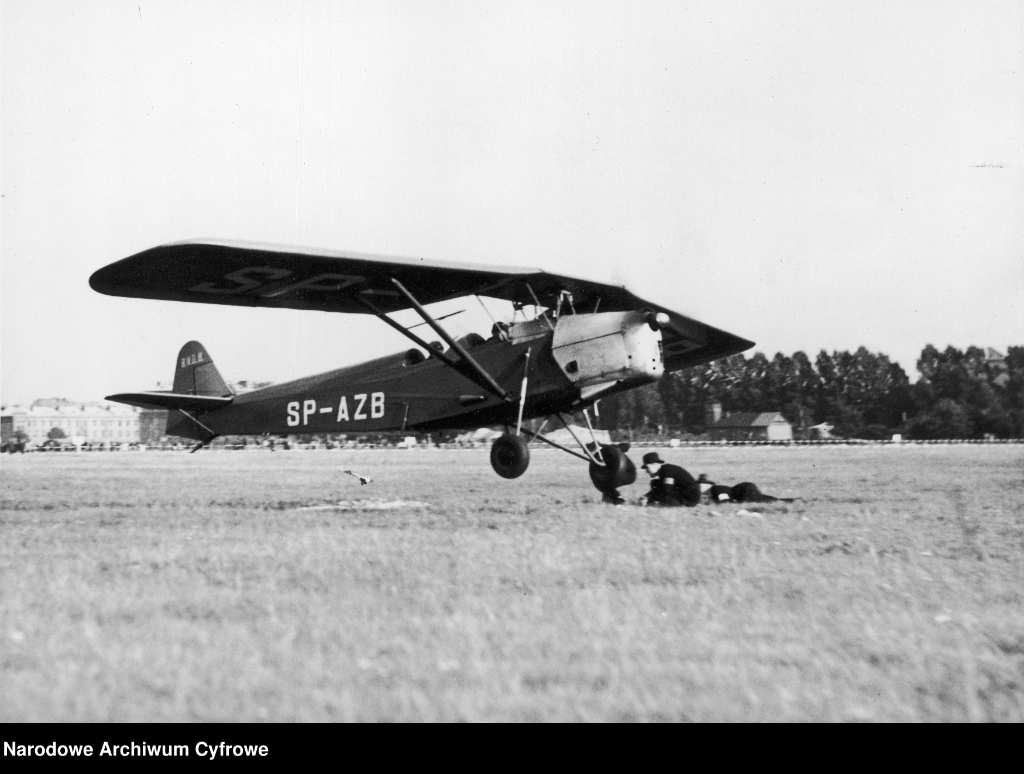
In spring of 1932, the RWD-8 aerodynamic model underwent a series of tests in the wind tunnel at Instytut Aerodynamiki (the Aerodynamics Institute) in Warsaw. In autumn of the same year, LOPP ordered two prototypes to be built at DWL, along with information series of five more aircraft.
The first prototype made its maiden flight most likely in early 1933 (although some sources indicate it occurred in December of 1932). The aircraft carried the number 63 and was registered SP-AKN. That prototype was powered by a 110 hp Cirrus Hermes II engine with vertical cylinders. It was probably flown by the DWL test pilot Kazimierz Chorzewski, although available source materials are not entirely consistent on this point.
The second prototype, which was registered SP-AKL and carried the number 61, took to the air for the first time in May 1933. It was powered by a de Havilland Gipsy III engine with inverted cylinders, generating 120 hp.
Both prototypes featured ailerons that were hinged to the upper surface of the wings and extended to their tips, as well as a fairly tall rudder. However, flight tests revealed that the ailerons were ineffective and that the forces required to operate the control stick were too heavy. This was due to the use of a self-stabilising wing profile, which ensured the aeroplane maintained stability during flight.
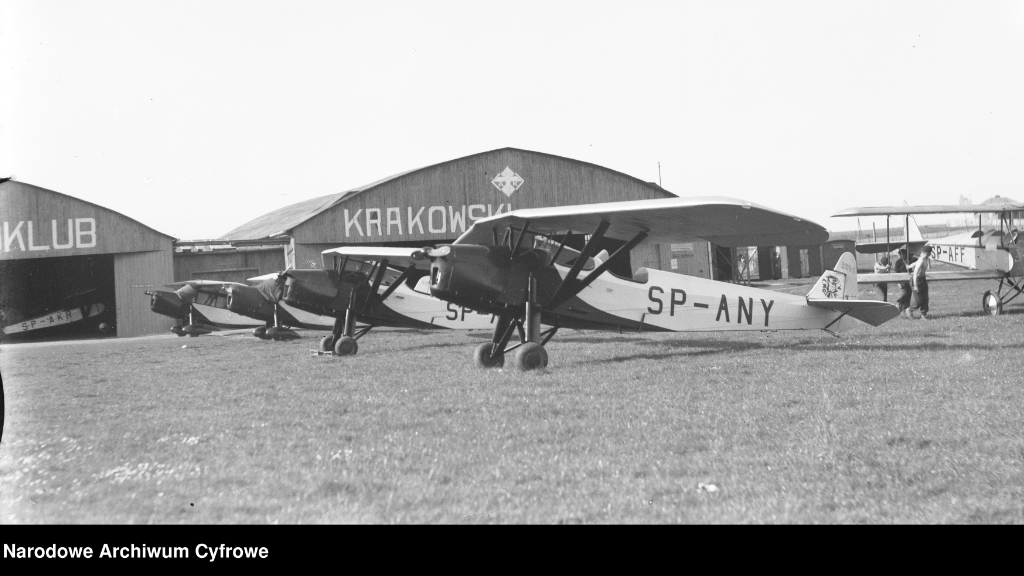
To address these issues, the outer sections of the wings, including the ailerons, were removed from the SP-AKL prototype. New ones were then fitted in their place, with a smaller trailing-edge angle and a modified profile.
This change improved the handling characteristics of the aircraft, making the controls more effective and responsive. After the introduction of the aforementioned modification, the RWD-8 also demonstrated improved stability across the entire range of flight speeds.
Following certification by Instytut Badań Technicznych Lotnictwa (the Aviation Technical Research Institute) in Warsaw, the RWD-8 was approved for use in pilot training, glider towing and parachute jumping, as well as for night flights and rough-field landings.
Serial production of the RWD-8 began at DWL in 1933, following the aforementioned LOPP order, with five aircraft completed that year.
Towards the end of 1933, technical information about Frise-type ailerons began circulating within the aviation industry and soon after, the designers of the RWD-8 also decided to take advantage of this innovation. In result, the aircraft was fitted with new wings, featuring a fixed chord and a new type of ailerons.
The modified aircraft, flown in February 1934, demonstrated very good flight characteristics. Consequently, it became the basis for subsequent serial production. The new wing type was also retrofitted to the earlier-produced RWD-8 trainers.
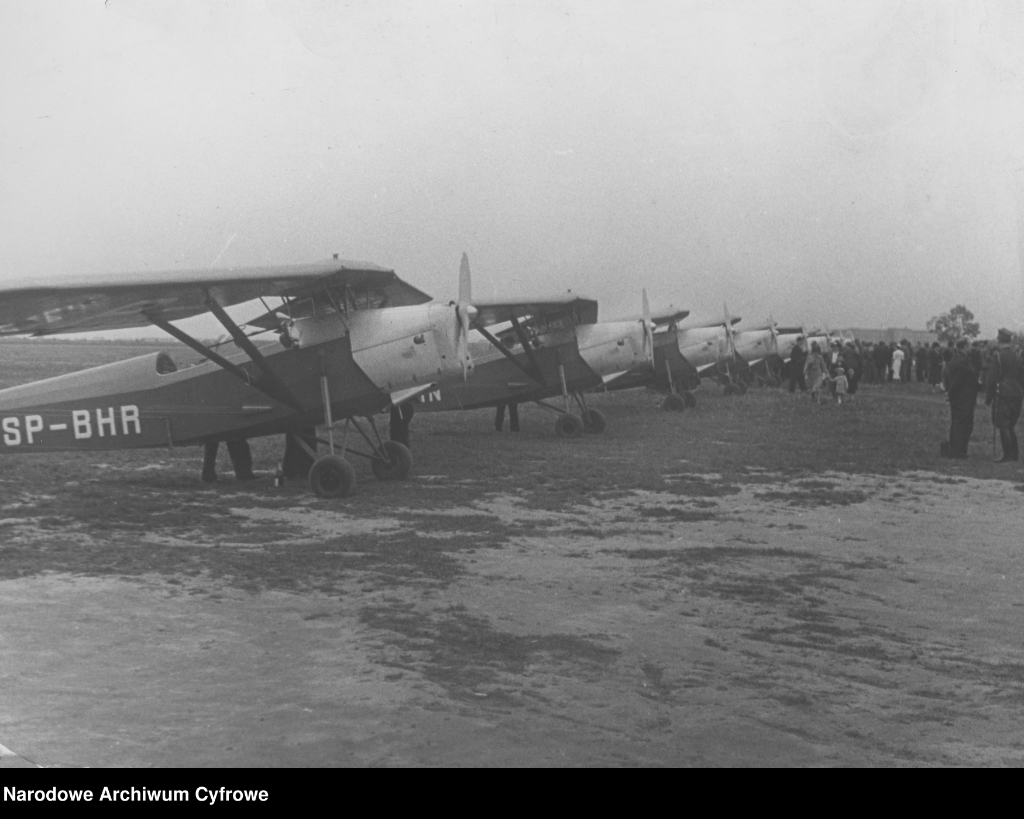
Ultimately it was just the RWD-8, that won the mentioned contest for a new military training aircraft, announced by LOPP, surpassing the other contenders – PZL.5bis and Bartel BM-4H biplanes. The RWD aeroplane was recognised as being very stable, manoeuvrable and easy to fly. As a result, it was chosen as the new basic military training aeroplane of the Polish Armed Forces.
After winning the competition, the RWD-8 was to be widely used in both military and civil aviation in Poland. This created a demand for a much larger production run. However, DWL had limited production capacity, which was insufficient to meet the expected demand. Therefore, the military authorities decided to start additional production of the RWD-8 aircraft at Podlaska Wytwórnia Samolotów (Podlasie Aircraft Factory – PWS) in Biała Podlaska.
The Polish armed forces authorities received from DWL a licence to manufacture the aircraft free of charge, with the only obligation to reimburse the development costs. In addition, PWS received the second RWD-8 prototype from DWL, as a reference model.
As a result, production of the RWD-8 was divided. DWL built aircraft only for flying clubs, while PWS primarily manufactured them for the military, with only a small number intended for civil aviation.
The first aircraft manufactured by PWS, designated RWD-8 PWS, flew in September 1934. The military version differed slightly from the examples produced by DWL now designated RWD-8 DWL.
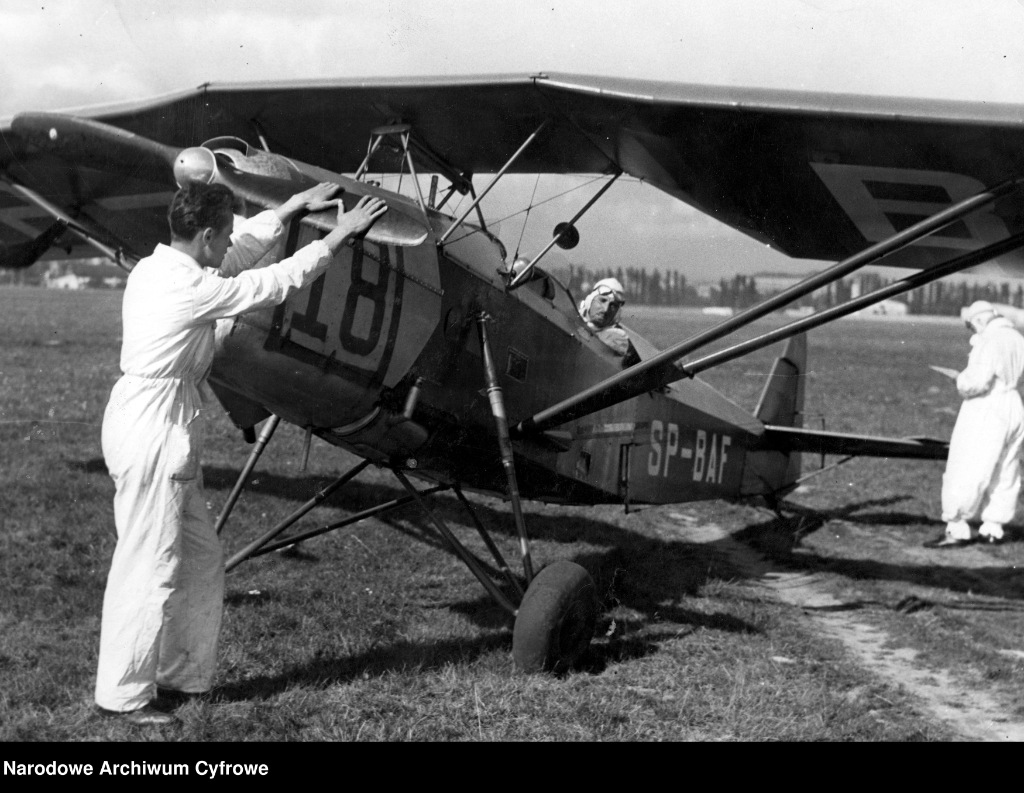
The main differences were an additional removable baffle between the cabins and, differently shaped and unprofiled landing gear shock absorbers, which were also slightly heavier than those used in the civil versions.
Depending on the source, between 550 and 600 RWD-8s were built at both aviation plants by the beginning of 1939, when their production was ceased. Most of them came out from the PWS aviation plant.
This made the RWD-8 the most numerous aircraft built for the Polish Air Force before the Second World War, and at the same time the most numerous Polish-designed aircraft produced until the 1970s, when this record was broken by PZL-104 Wilga.
The RWD-8 proved to be an excellent training aircraft, owning its success to excellent longitudinal and directional stability, sufficient lateral stability, a reliable engine with well-matched power, and a strong landing gear with a fairly long stroke. All this, combined with good handling and balanced control forces, made the RWD-8 easy to fly and well-liked by its pilots.
From 1934 onwards, the RWD-8 was used as the basic training aircraft by Polish military aviation, in flight schools and during training camps. In 1938, nearly 350 examples of the aircraft were in operational service, with some assigned to liaison platoons.
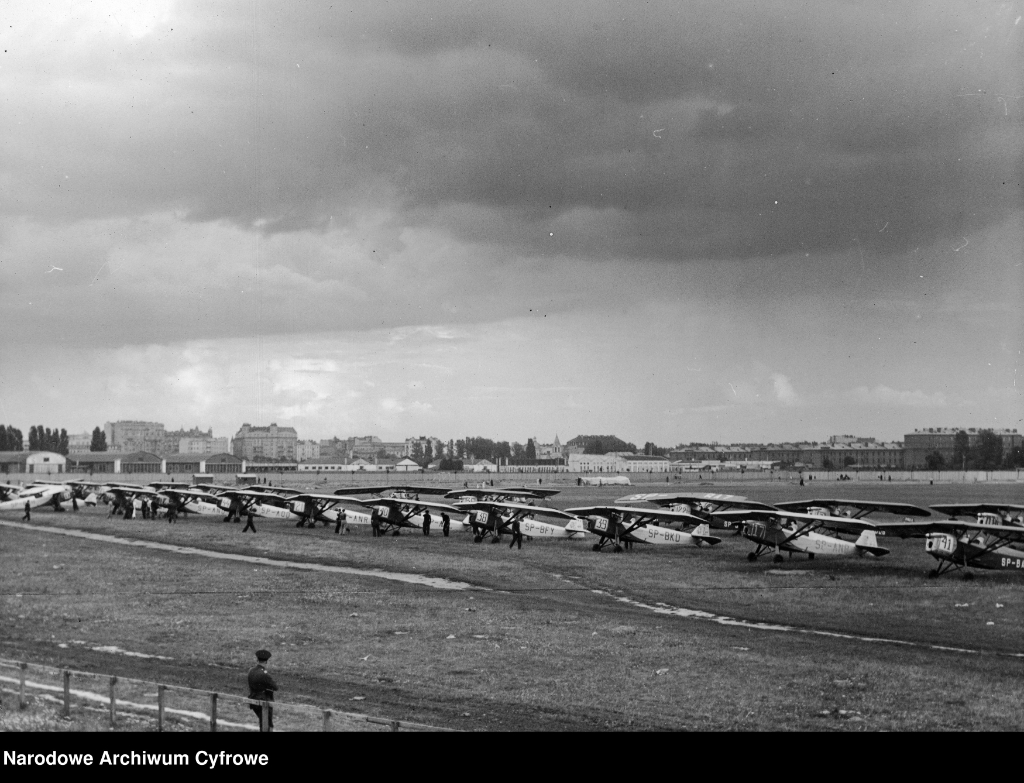
The aeroplane was also widely used by flying clubs and in aviation sports, achieving successes in competitions – like VI Lot Południowo-Zachodniej Polski (the 6th Flight of South-Western Poland) in which it took the first place – and demonstrating its capabilities abroad.
Depending on the source, in either 1934 or 1935 a licence to manufacture the RWD-8 was purchased by the Yugoslav company Rogožarski S.A. However, only three aircraft were produced by this company, all powered by Walter NZ-120 radial engines. Another country to acquire the licence for the RWD-8 trainer was Estonia, but only one aircraft – registered ES-RWD – was built there. Czechoslovakia was the third to purchase the RWD-8 licence, but the type was never actually manufactured in the country. Several Polish-built RWD-8s were exported to Palestine, Spain, Morocco and Brazil.
During the Invasion of Poland in September of 1939, the RWD-8 served primarily as a liaison and reconnaissance aircraft, with some used by improvised units. Despite their advantages such as ease of handling and the ability to operate from makeshift airfields, most were destroyed during the campaign or evacuated to neighbouring countries. However, no original RWD-8 trainer survived the conflict.
The RWD-8 has its well-deserved place in the history of Polish aviation. Therefore, it is no surprise that a few replicas of the aircraft have been constructed.
Among them, there is a highly detailed replica of one of the DWL-built aeroplanes, then registered SP-AMD. It was the only Polish-made aircraft of this type to be fitted with a Polish Škoda G-594 Czarny Piotruś (Black Peter) radial engine, designed by aviation engineer Stanisław Nowkuński.
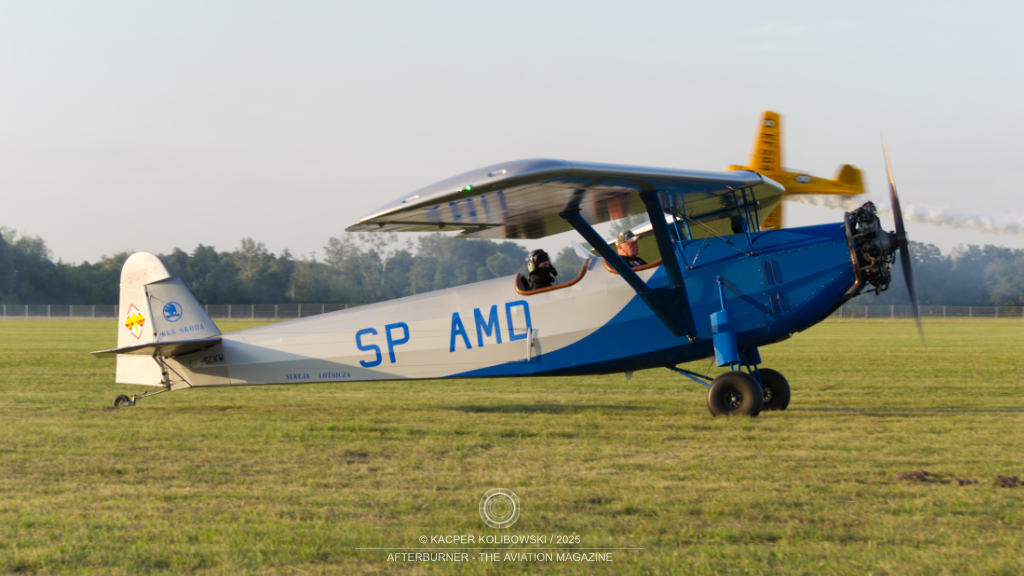
This beautiful replica was built at the TZL Aviation Workshop in Świdnik, under the supervision of the workshop owner, Henryk Wicki.
Henryk Wicki decided to recreate the legendary RWD-8 through a modern replica adapted to the requirements of contemporary aviation. Work on the aeroplane began in 2018, based on documentation that had been painstakingly reconstructed over many years, with new calculations used to complement it.
Although the original geometry and scale of the structure have been retained, numerous technological changes were introduced, including metal wings and tail instead of wooden ones, a simplified landing gear, modern avionics and a Verner Scarlett 7 radial engine, a reminiscent of the historic Black Peter.
The first prototype of the replica (SP-STZL) flew in October 2020. Next year, a second example (SP-SCKW) was built, visually refined and painted in historical colours. The constructor intends to develop the design further by, among others, adapting it for glider towing.
Since their creation, both modern versions of the RWD-8 have been presented at numerous air shows in Poland.
On 9th August 2025, the RWD-8 replica in its historical livery was one of the highlights of Płocki Piknik Lotniczy 2025 (the Płock Aviation Picnic 2025), held at Aeroklub Ziemi Mazowieckiej (Mazovia Land Aeroclub) airfield, where it could be seen both up close and in flight.
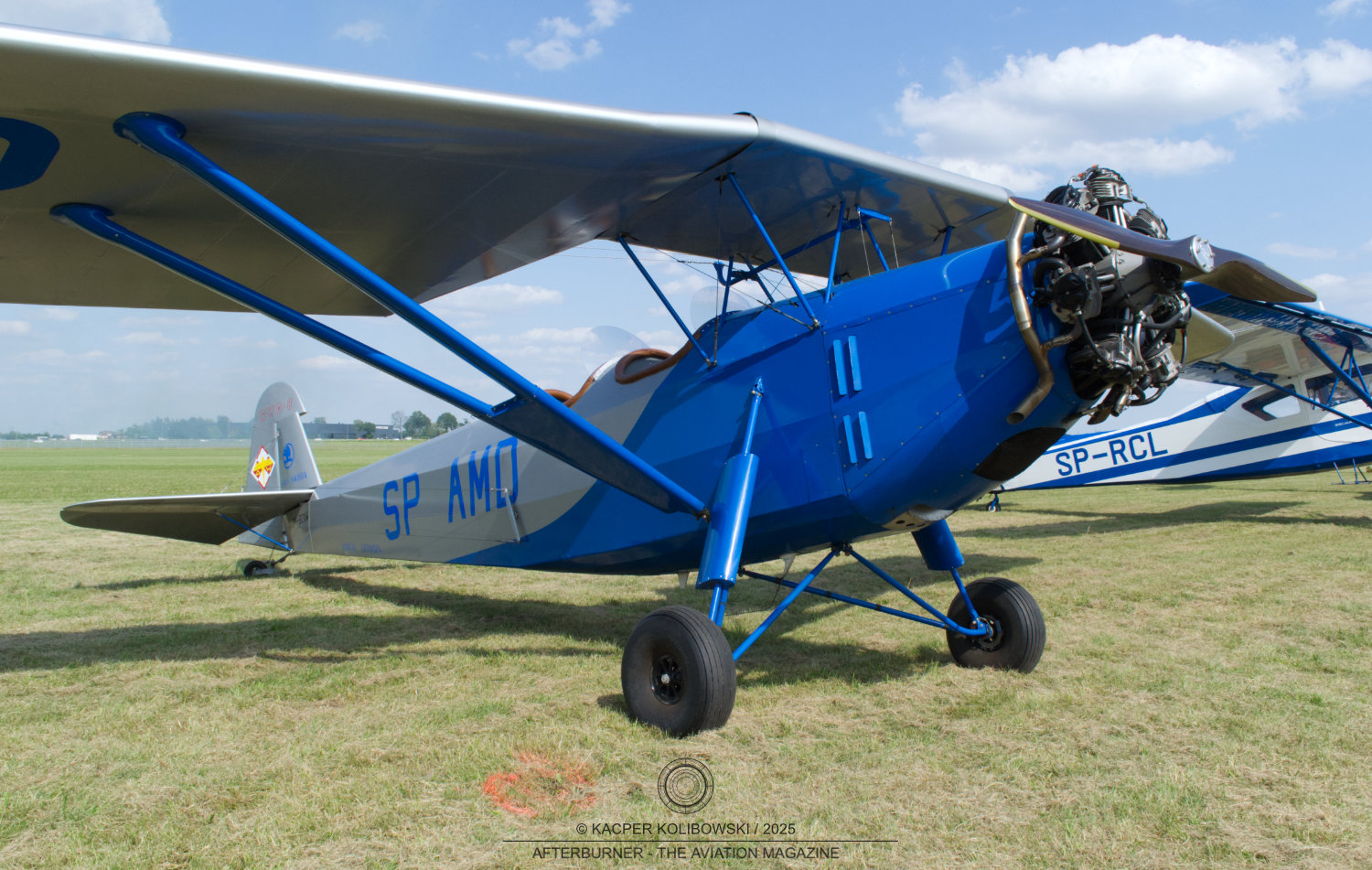
Cover photo: An RWD-8 at the airfield, 1936 (Narodowe Archiwum Cyfrowe, 3/1/0/14/1278, Public Domain, cropped)

